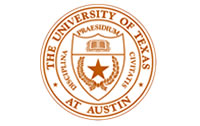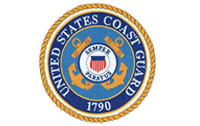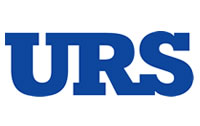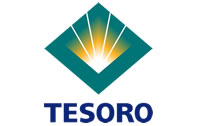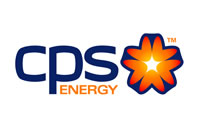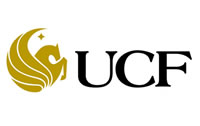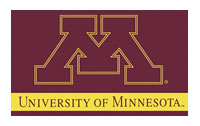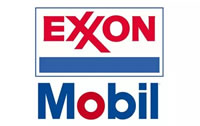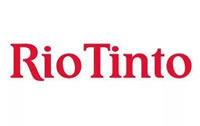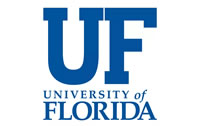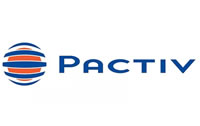Defect elimination and whiteboard process mapping. Consider these two ways to help your teams maintain productivity and continually keep performance high.
The plant manager responds by lighting a fire under the plant personnel to get things back on track. The boost in performance revealed the level that is attainable. But can that performance level be sustained?
Assuming the productivity improvement was not due to technology advancements or easier to manufacture product mix, etc., there are two reasons why performance may backslide. First, if you run the production assets beyond your ability to keep them reliable, the plant will dictate a lower performance level. Second, if the people that operate and maintain the plant feel the performance level was achieved “on the workforce’s backs,” they will eventually regress to lower energy levels because they will not feel respected or motivated.
Let’s focus on the people side. How can you respect and motivate people? Engage them. Ask them. Listen to them. Give them responsibility and trust them. Two tools that can help you raise and sustain overall performance are defect elimination and whiteboard process mapping.
In this article, defect elimination means identifying and correcting things that interfere with the highest attainable and sustainable performance. The workforce is encouraged to bring improvement ideas to a guiding team. The majority of the ideas should be small, easy to fix problems. The workers that make suggestions will be asked to lead the implementation of the solution. A guiding team includes representatives from each plant function and a union or workforce representative. The guiding team authorizes changes and ensures there is time and money made available.
Whiteboard process mapping is where a large whiteboard is placed in a common area. A process that needs improvement is drawn as a flow chart. Yellow sticky notes are provided, so any plant person can add notes. A yellow sticky note indicates a problem with the process. Green sticky notes are used to make suggestions on how to fix problems. There can be multiple solutions for each problem.
After some time, there will be collections of yellow and green sticky notes. As with the defect elimination method, the guiding team will review the ideas and authorize solutions to be implemented. Whiteboard mapping visually shows where there are problems and encourages everyone to give ideas on how to fix it.
The guiding team needs to have guidelines, and its bias should be toward approving ideas, as opposed to disapproving. The solutions should cost no more than $2,500. Solutions should be in place within days to a few weeks. Suggestions cannot be just to transfer responsibility onto other persons.
The guiding team is accountable to track improvements and send out communications, giving credit to the people who made the suggestions and those that assisted. Overall equipment effectiveness (OEE), profits, and total cost per unit of product or service produced can be used to quantify the value of the improvement efforts. With each small improvement, overall performance will increase, even if only marginally.
These two methods work because they show respect for the workforce, which motivates people. The workforce is closest to the issues and are the best people to identify problems and fixes. Initially, you are likely to get suggestions from 10 to 20 percent of those most engaged people. If handled properly, positive outcomes will influence more and more people to make suggestions. Go forth and do great things.
Get a copy of my book “The Productive Leadership System”, or contact me about training, workshops, assessments, surveys or discussions.


